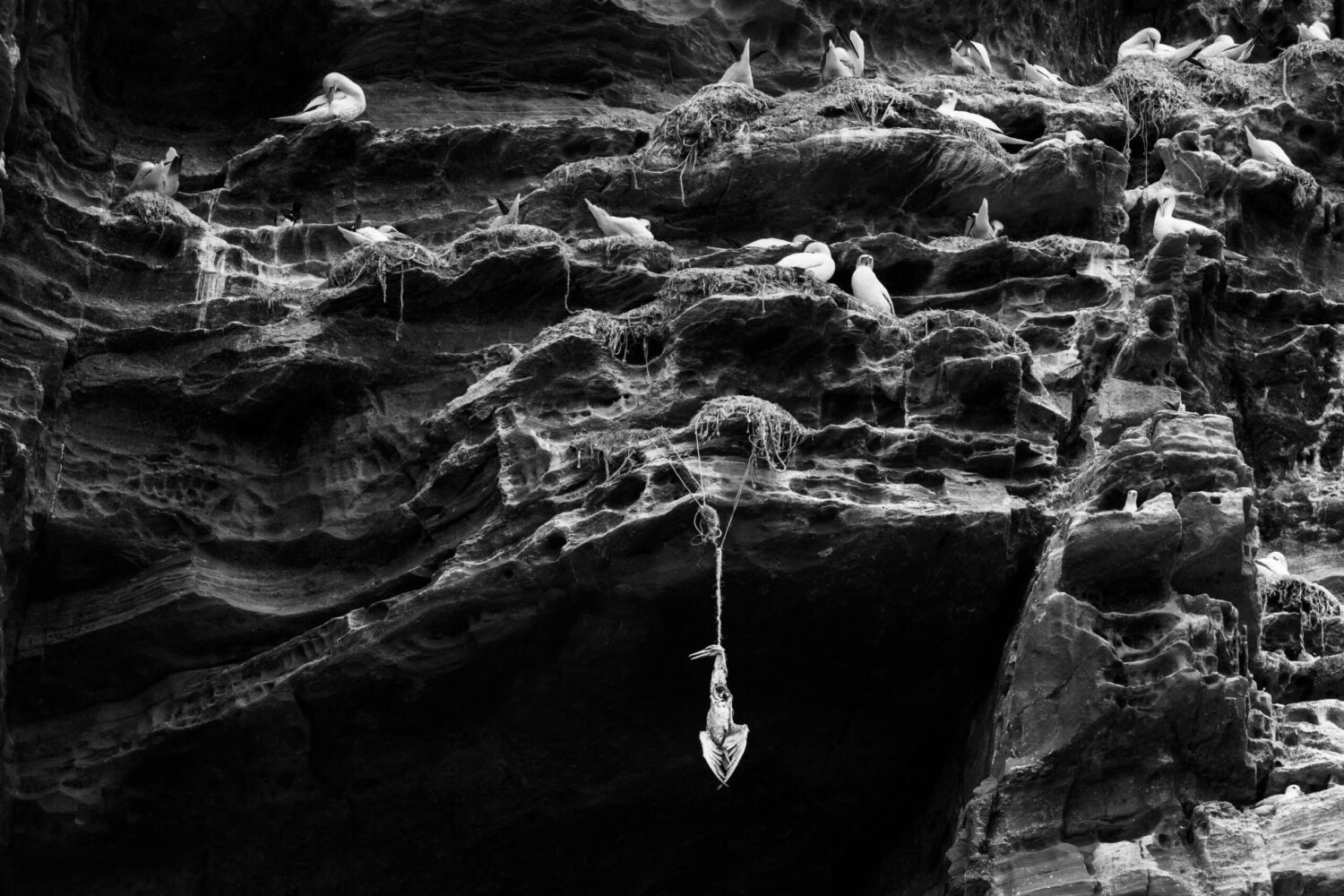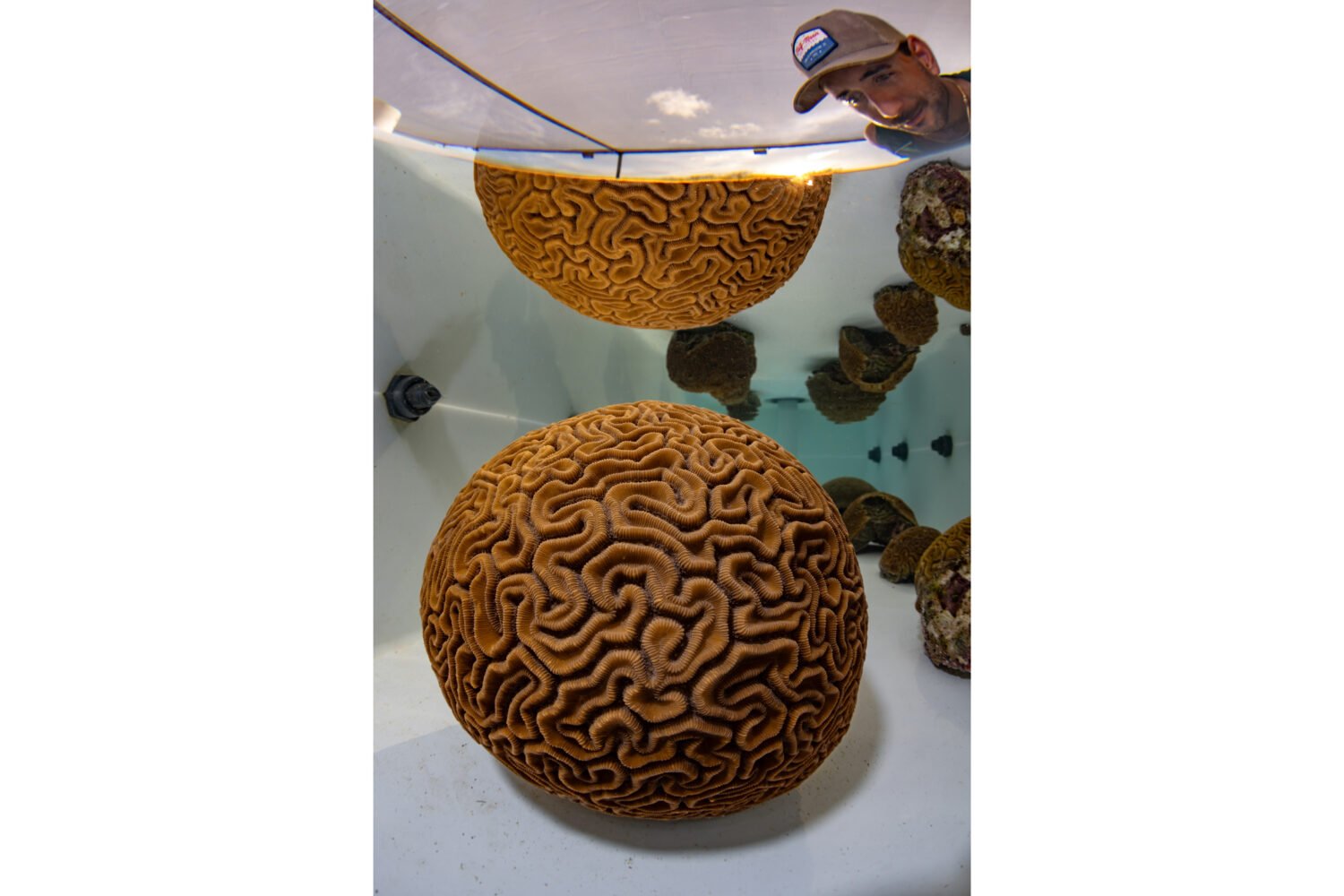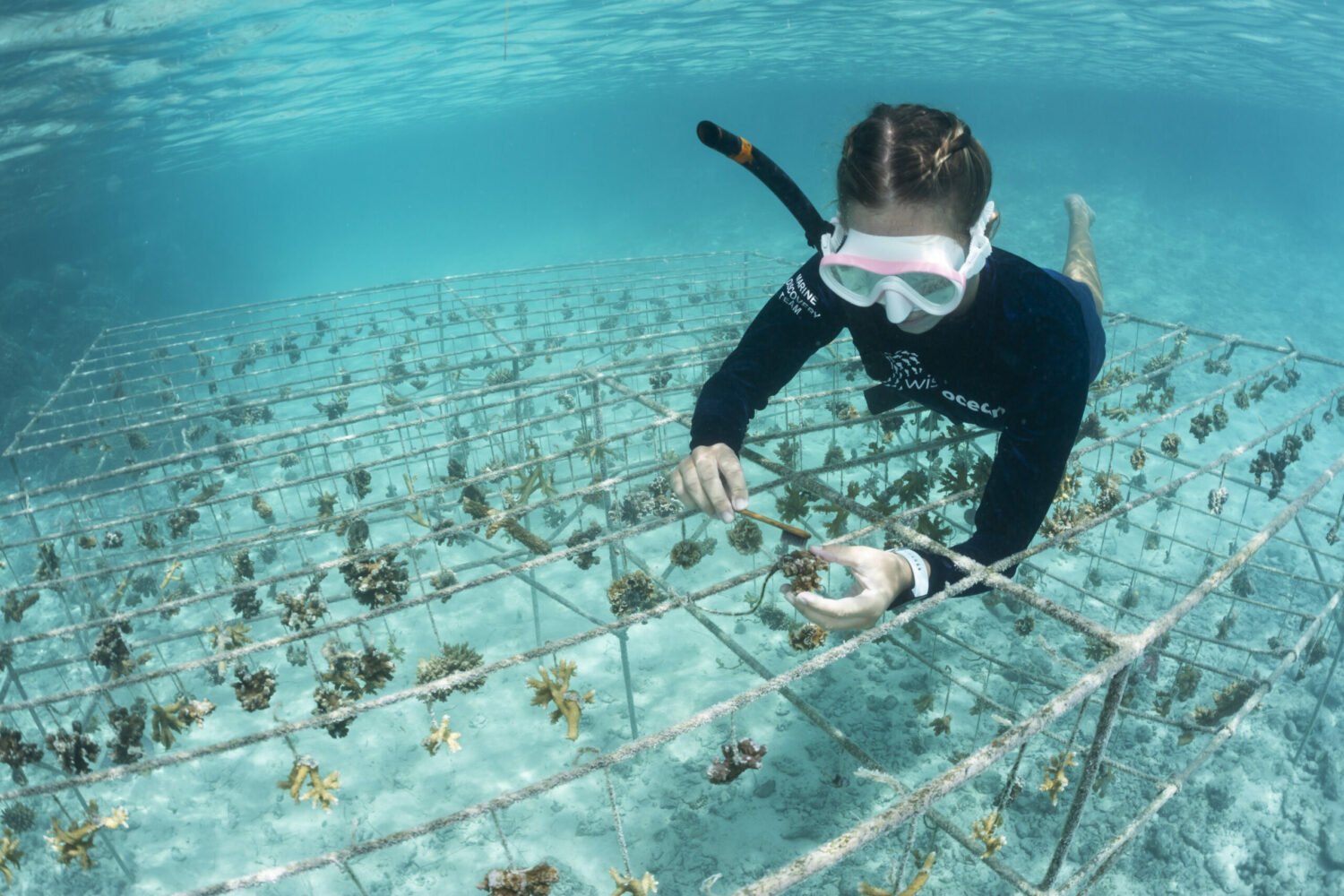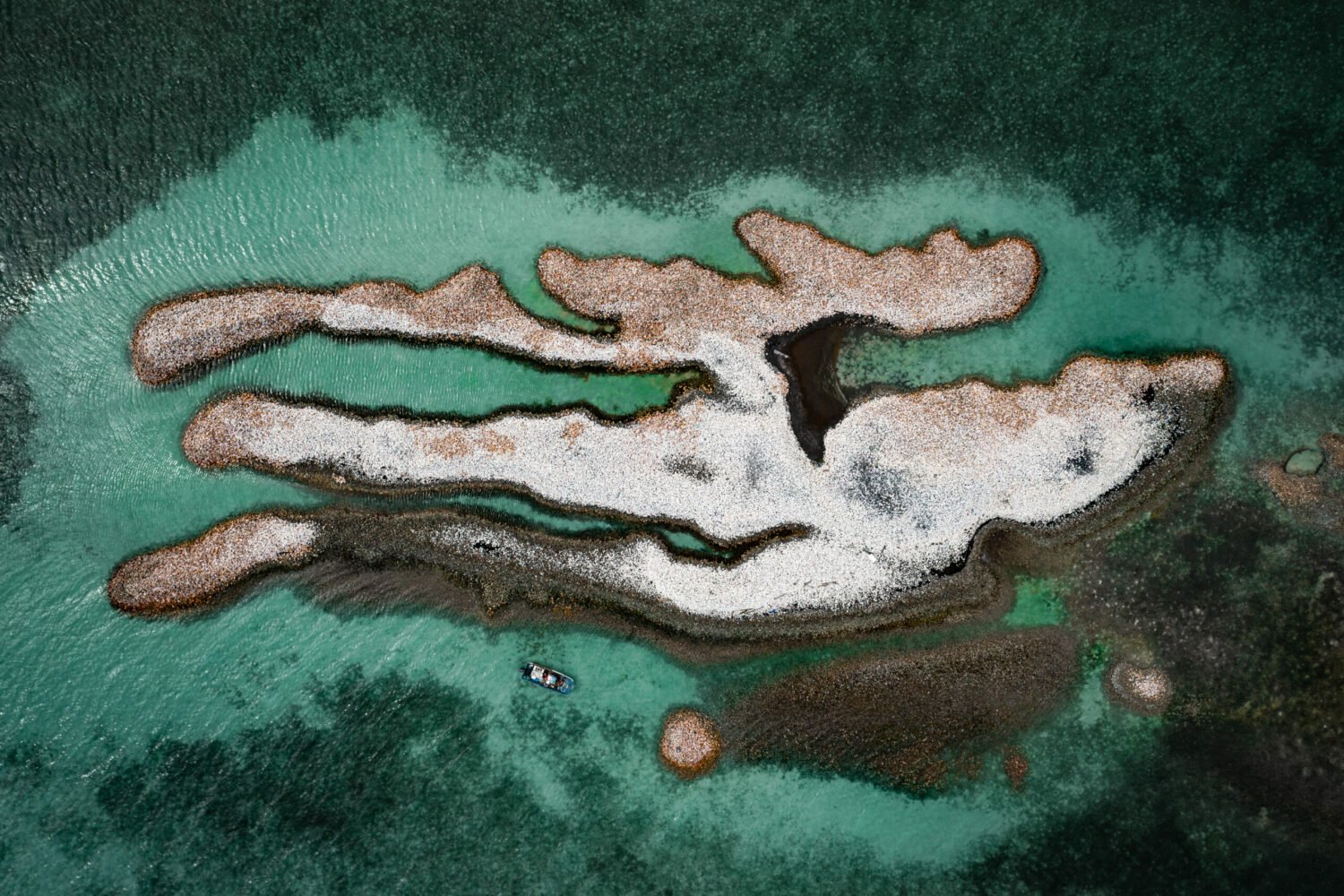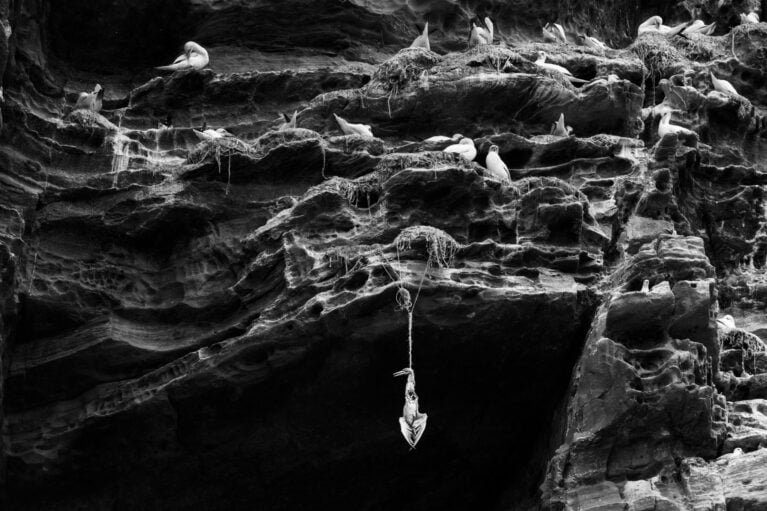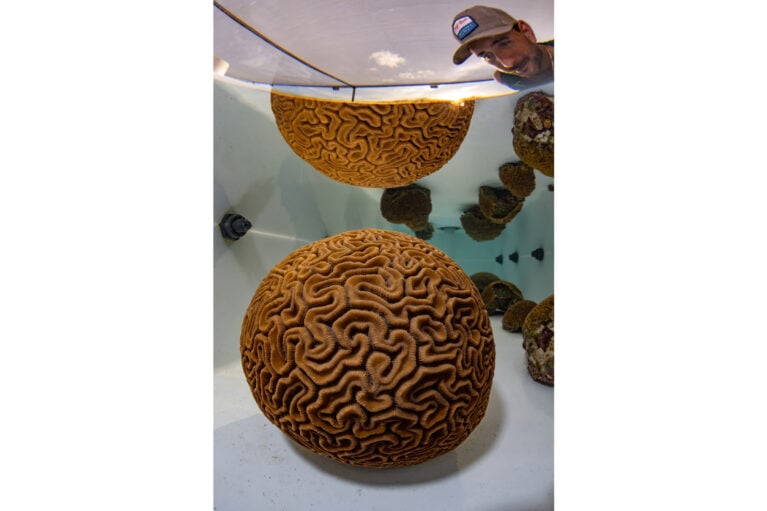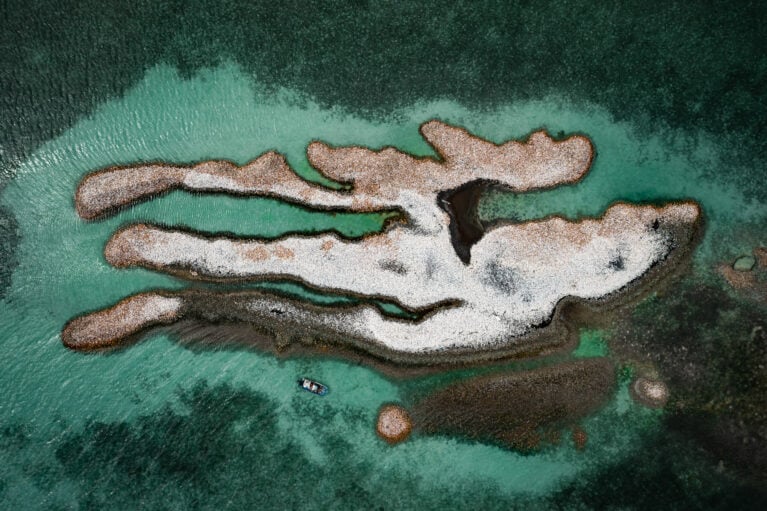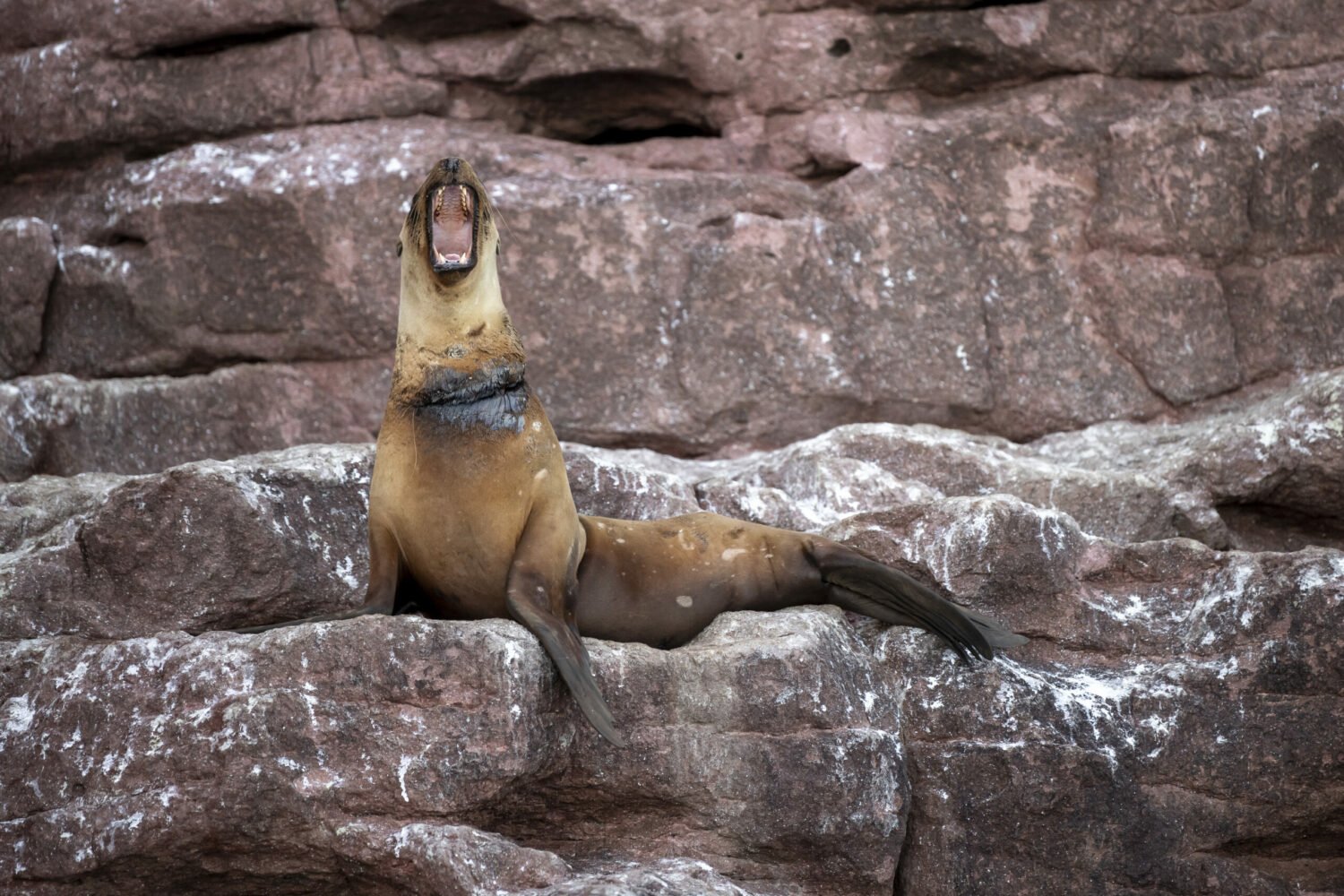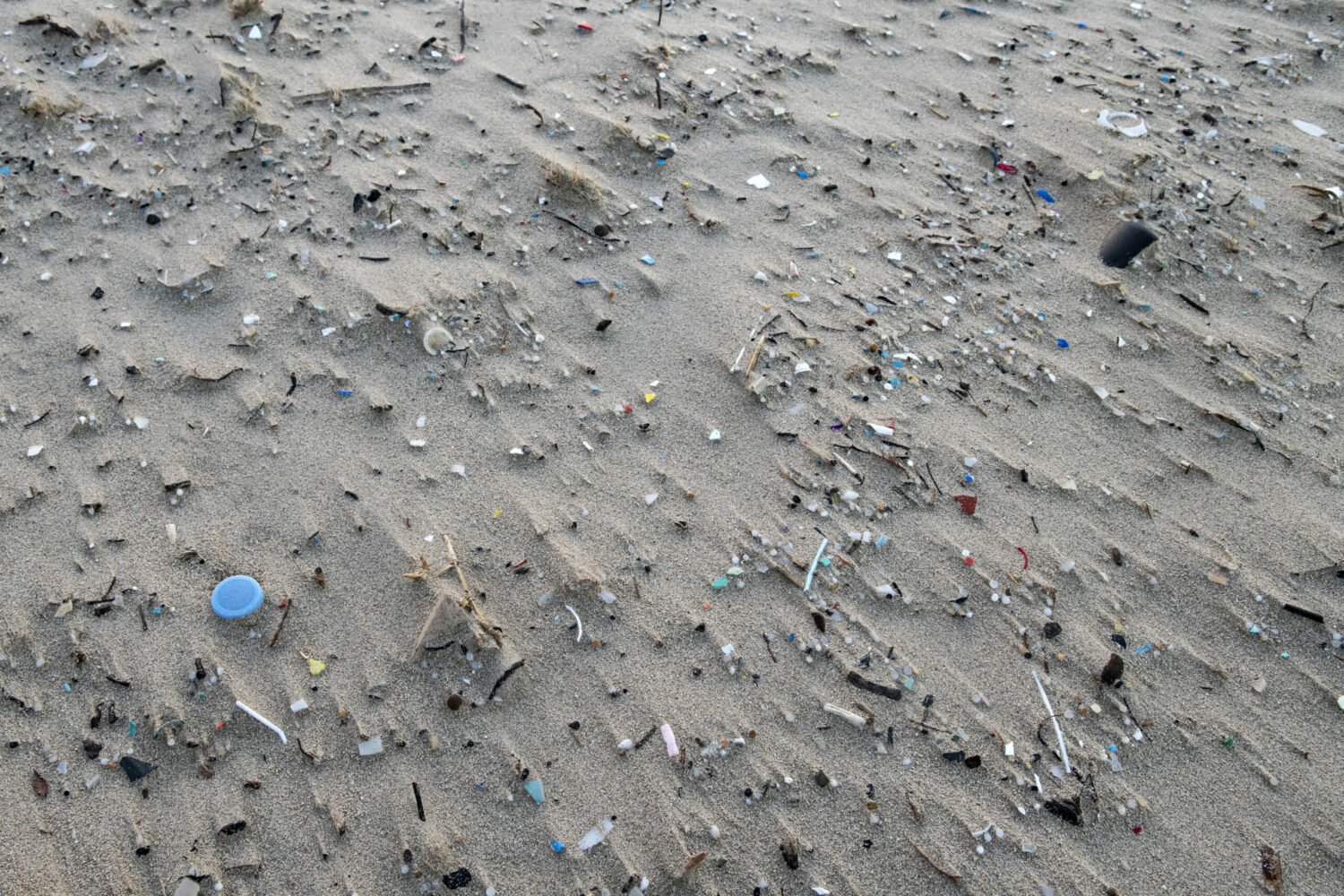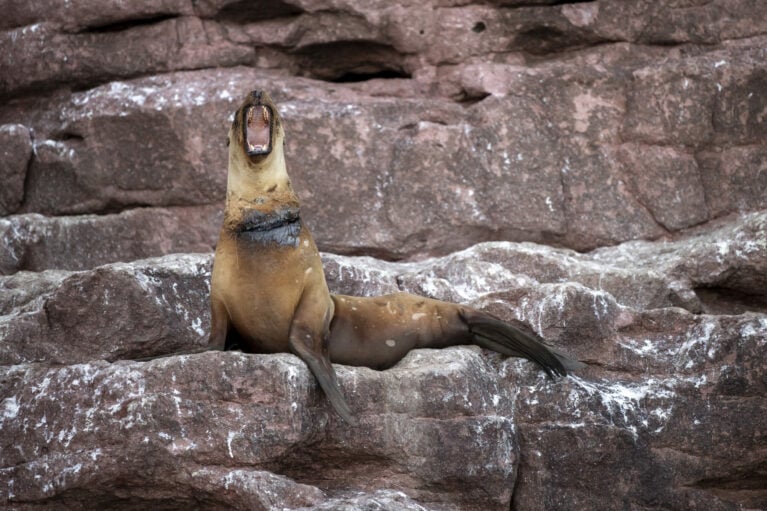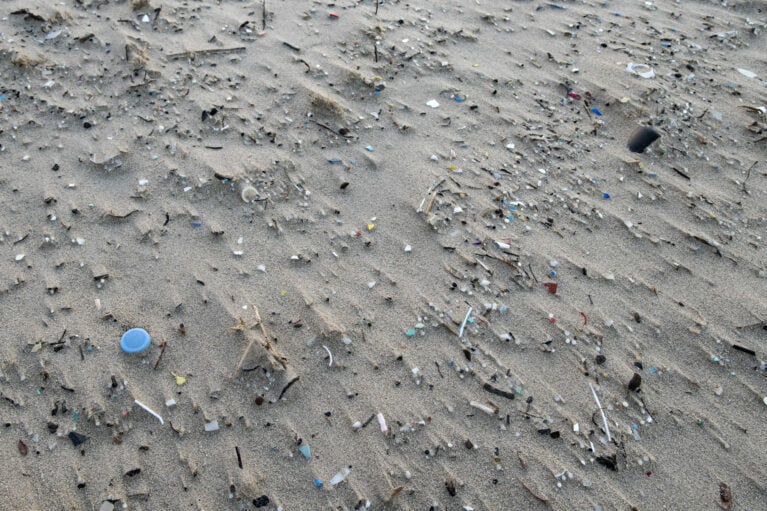Marine Conservation Underwater Photographer of the Year 2025
The Save Our Seas Foundation sponsors the Marine Conservation Photographer category in the Underwater Photography of the Year competition. The category’s purpose is to highlight conservation challenges and solutions and connect them to a wide audience.
Around the world, coastal communities rely on fisheries – and in many cases, directly on shark and ray fisheries – for the security of their food and livelihoods. Indeed, the IUCN reported recently that in some low-income countries more than 80% of fishing income comes from sharks, rays and chimaeras.
Indonesia stands out as a global biodiversity hotspot, a place of such extraordinary terrestrial and marine life that monitoring and managing its dizzying array of species across the 17,000 islands that comprise the archipelago is undeniably challenging. But, inevitably, some of the world’s most biodiverse places are also those that have extremely limited resources, which makes conservation and fisheries management in these hotspots even more complex.
It was here that the category winner of this year’s Save Our Seas Marine Conservation Photographer of the Year 2025 captured an image that hints at the urgency underscoring the fair and just support for fishers and coastal communities that must go hand-in-hand with the effective and sustainable management of threatened wildlife.
Photo © Robert Lehmann
First place
‘If we continue to eradicate the animals that guard our largest and most important habitat, we are taking away our own livelihoods,’ says category winner Robert Marc Lehmann, who hails from Germany. ‘This tiger shark is just one of about 100 million sharks that lose their lives every year at the hands of humans.’
Commending the image, judge Alex Mustard said, ‘The light is beautiful, the composition immersive and the timing, capturing the fisherman’s gesture, is perfect.’
‘At the Save Our Seas Foundation (SOSF), our entire mission is working towards sustainable coexistence between people and sharks – we must ensure shark populations can recover and be functional while people are able to maintain their livelihoods,’ says SOSF CEO Dr James Lea. ‘A huge part of this is storytelling, which raises awareness and helps people understand how they can be part of the solution. This is why teaming up with UPY to present their Marine Conservation category is an ideal partnership for it, especially as this year highlights the plight of sharks and sparks conversation around the nuance involved in their conservation.’
Photo © Henley Spiers
Second place
Photographer Henley Spiers’s macabre image of a sea turtle received the well-deserved runner-up position. ‘The corpse of a sea turtle offers a window into life and death in the open ocean,’ Spiers explains. ‘The gashes across the turtle’s carapace offered clear evidence that it perished due to a boat strike, an unnatural death and a poignant reminder that these animals must share the ocean with an ever-growing human presence.’
And yet what is perhaps most haunting about this image is the dogged persistence of nature and its systems in the face of brutal and careless odds. ‘Even in death,’ Spiers adds, ‘the turtle became a vessel for life. Far out at sea, every bit of flotsam, whether natural or man-made, becomes a form of inverted life raft. Small fish use any structure they can find to hide from predators. Here, the decomposing corpse of the turtle has been rapidly adopted as a refuge by juvenile fish.’
Judge Peter Rowlands reflected that the image gave viewers ‘so much visual detail but only one message. Perfect and awful in equal measures.’
Photo © Giacomo Antonio Rossi
Third place
Placed third in the category, Giacomo Rossi’s image highlights a story of optimism. ‘Esperanza, a boat symbolising hope for ocean conservation, embodies the mission to preserve marine resources,’ says Rossi. ‘Organisations like Pelagios Kakunja work tirelessly to protect sharks in the Sea of Cortés, Mexico. I was privileged to document the tagging and release of juvenile sharks, including hammerheads and a surprise juvenile tiger shark. Most inspiring was Pedro, a former shark fisherman turned into a conservationist who helped with the tagging and handling of the tiger shark. His transformation underscores the power of change and collaboration in conservation efforts.’
Judge Tobias Friedrich applauded the ‘very well executed split shot of the lovely, juvenile tiger sharks, which makes it a true eye-catcher’.
For Rossi, the story of Esperanza, its scientists and conservationists and their mission, speaks of new possibilities. ‘The Sea of Cortés was once a place where sharks were so abundant that children on the beach would play by tossing small stones at their dorsal fins. Sadly, this abundance is now a thing of the past. Today, we must strive to bring a new ‘esperanza’ – a new hope – for the ocean and its incredible life.’

